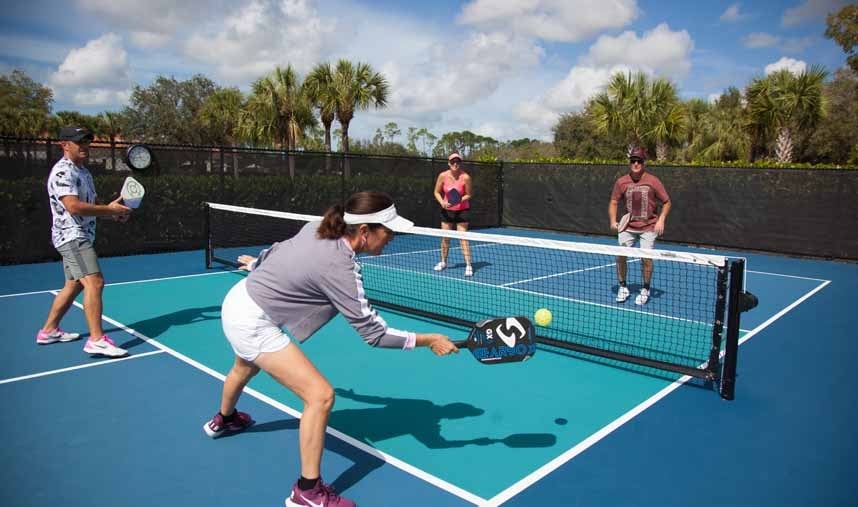
SO SAD:The basketball NBA and ice hockey code and baseball are shedding teaars due to the…
In the world of professional sports, few things evoke as much passion and loyalty as basketball, ice hockey, and baseball. The NBA, NHL, and MLB have long been cornerstones of American culture, captivating fans with thrilling performances and unforgettable moments. However, these leagues now face challenges that could fundamentally alter their identities and, in many ways, leave them shedding tears for what once was.
One of the most pressing issues is the decline in viewership and attendance. As digital streaming becomes the dominant medium for content consumption, traditional television ratings have plummeted. Young fans, in particular, are increasingly turning to online platforms for entertainment, leading to a disconnect with the conventional broadcasting model. This shift poses a significant threat to the revenue streams that sustain these leagues, resulting in a bittersweet reality where the love for the game is overshadowed by financial concerns.
Moreover, the pandemic accelerated existing trends and introduced new ones, forcing leagues to adapt to a rapidly changing landscape. The NBA, NHL, and MLB had to navigate the complexities of health protocols and empty arenas, an experience that starkly contrasted with the vibrant atmospheres fans once enjoyed. The absence of crowds not only impacted the players’ performances but also diminished the emotional connection between fans and the game. The cheers, chants, and collective gasps that define live sports were replaced by eerie silence, leaving a void that remains difficult to fill.
Compounding these challenges are the socio-political issues that have permeated the sports world. Athletes are increasingly using their platforms to advocate for social justice and equality, sparking passionate debates among fans. While many applaud this shift toward activism, others feel alienated by the politics surrounding their beloved sports. This division can lead to a decline in fan engagement, as some choose to disengage from leagues they perceive as straying from the purity of competition.
Furthermore, the youth engagement crisis is a pressing concern. Sports participation among young people has seen a decline, with many opting for alternative forms of entertainment, such as video games and social media. This shift not only threatens the future of these leagues but also raises questions about the sustainability of sports culture as a whole. Without a new generation of fans and players, the lifeblood of the NBA, NHL, and MLB may begin to dry up, leaving behind a legacy that future generations may not fully appreciate.
Financial disparities between teams also contribute to the woes faced by these leagues. With a few franchises generating significant revenue while others struggle to keep up, the competitive balance is often skewed. This disparity can lead to a lack of parity in the league, making it difficult for underdog teams to compete and diminishing the thrill of the competition. Fans yearn for fair play and the chance for any team to rise to glory, but economic realities can stifle those dreams.
As the NBA, NHL, and MLB navigate these turbulent waters, they are at a crossroads. The very essence of what makes these leagues special is at risk, and the tears shed over lost traditions and dwindling connections with fans are palpable. The need for innovation, engagement, and a return to the core values of sports has never been more urgent. If these leagues can adapt and evolve while honoring their storied past, there may still be hope for a brighter, more connected future. But for now, the sadness of changing times lingers in the air, a reminder of what once was and what could be lost forever.





